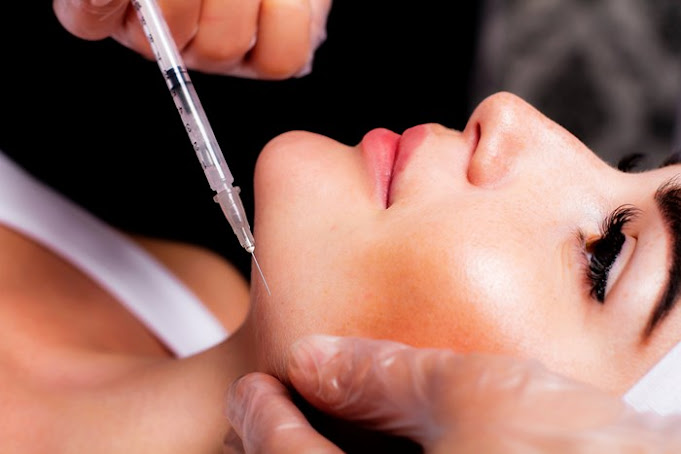Can Botox Define the Jawline Area?
In the ever-evolving world of aesthetic enhancements, Botox continues to hold a top spot for non-surgical facial contouring. Most people associate it with smoothing wrinkles and softening fine lines, but its uses go far beyond just forehead fixes and crow’s feet. One of the newer frontiers for Botox is sculpting the jawline—a feature that greatly influences facial symmetry and definition. More and more individuals are turning to Botox to redefine their lower face, seeking sharper angles and a more youthful profile. In places like Botox Dubai Silicon Oasis, clients are exploring this precise and effective solution to reshape their jawline without invasive procedures.
Understanding the Jawline
The jawline is a key part of the face’s framework. A well-defined jawline can make the face look balanced, symmetrical, and attractive. Unfortunately, due to aging, genetics, or lifestyle factors, this area can become soft, saggy, or asymmetrical over time. Muscle tension from excessive jaw clenching or teeth grinding can also bulk up the masseter muscles, making the lower face look wider or more square-shaped.
How Botox Works for Jawline Definition?
Botox, or botulinum toxin, works by relaxing the targeted muscles. When used for jawline contouring, the treatment typically focuses on the masseter muscles—located at the back of the jaw and primarily responsible for chewing and clenching.By injecting Botox into these muscles, the muscle activity is reduced over time. This relaxation results in the gradual shrinking of the masseters, leading to a slimmer, more contoured lower face. The result isn’t just a thinner jaw but also a softer and more elegant facial silhouette.
Who Can Benefit from Jawline Botox?
Not everyone is a candidate for jawline Botox, but it can be highly effective for:
-
Individuals with bulky or overdeveloped masseter muscles
-
People suffering from bruxism (teeth grinding) or jaw clenching
-
Those with a square-shaped lower face looking for a more V-shaped profile
Is the Procedure Safe?
Botox is generally considered safe when administered by trained professionals. Since the dosage used in jawline contouring is precise and the muscles are superficial, risks are minimal. However, it’s essential to have the treatment done by someone experienced in facial anatomy to avoid any asymmetry or unintended effects.
Advantages of Jawline Botox Over Surgery
One of the main reasons Botox is gaining popularity for jaw sculpting is because it offers a non-invasive alternative to procedures like jaw shaving or liposuction. The benefits include:
-
No incisions or scarring
-
Minimal to no downtime
-
Gradual, natural-looking results
-
Reversible over time
-
Enhances both aesthetics and function
Combining Botox with Other Treatments
Although Botox alone can achieve excellent jaw slimming results, some people combine it with other non-surgical options for a more dramatic transformation. Dermal fillers, for example, can be used to enhance the chin or jawbone if the issue isn’t related to muscle mass but rather to volume loss or structure. Skin tightening treatments like ultrasound or radiofrequency can also help define the jawline by addressing loose skin and enhancing collagen production.
Conclusion
Absolutely. When applied correctly, Botox can effectively reshape and define the jawline by targeting overactive masseter muscles. The key lies in understanding what’s causing the bulkiness—if it’s muscle-based, Botox can be a game changer. It’s a subtle, non-invasive approach to facial contouring that continues to gain popularity for good reason.




Comments
Post a Comment